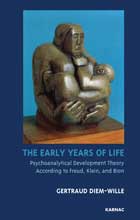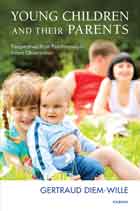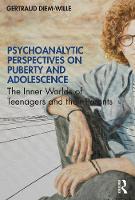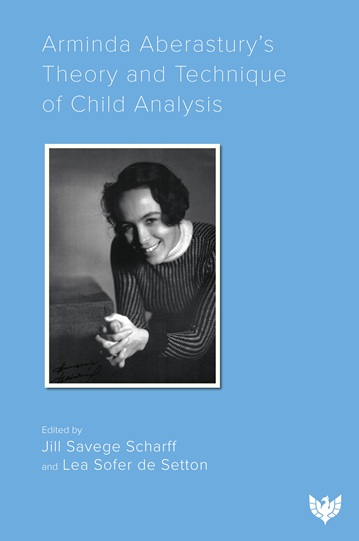Latency: The Golden Age of Childhood
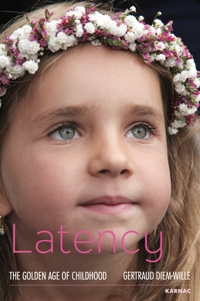
Book Details
- Publisher : Routledge
- Published : May 2018
- Cover : Paperback
- Pages : 192
- Category :
Child and Adolescent Studies - Category 2 :
Psychoanalysis - Catalogue No : 39493
- ISBN 13 : 9781782205432
- ISBN 10 : 1782205438
Also by Gertraud Diem-Wille
There are currently no reviews
Be the first to review
This book concerns the child’s emotional and cognitive development during the period of latency. It constitutes a bridge between the first stormy years of child development and adolescence. The conflicts and libidinous wishes of early childhood are relegated to the background and become latent: in general, an emotional and physical stabilization occurs. The child is attempting to find its place in the world. Accordingly, its primary interest is no longer in itself or its parents, but in the outside world. This is particularly manifested in forms of play typical for this age range, strongly influenced by imitation of the adult world and reality-oriented. At the same time, the body is explored (and its awareness is strengthened through numerous games involving movement, skill and competition. In all societies, this period is when school begins.
The latency development includes new physical and intellectual capabilities as well as the development of new ways to deal with problems of social hierarchy; gradually, tolerance of tensions and a stabilization of identity are developed as well. The acquirement of knowledge and new forms of independence are at the forefront, leading Freud to speak of the “golden age” of childhood. Due to increased emotional defences, feelings are now shown less directly. The reaction-formation and sublimation are the central defensive mechanisms of latency. However, if a regression into the behaviour of early childhood occurs—bound to be embarrassing to the child who is now more oriented to the outside world—a massive form of emotional denial as a defence mechanism can occur.
This book closes a gap in psychoanalytic literature. Here, the significance of this important new period is emphasized. When development is disturbed through massive inner conflicts, earlier disturbances re-emerge that are manifested in learning problems, obvious behavioural problems, temper tantrums, and tendencies towards withdrawal or violence. Numerous examples and scenes from family life and school supply a dynamic picture of psychological latency. The detailed case studies from child psychoanalysis afford insight into psychoanalytic techniques with children. The method of psychoanalytic observation allows the reader emotional empathy with what occurs in therapy; both the feelings of the children and of the therapist can thus be experienced and understood.
About the Author(s)
Gertraud Diem-Wille is professor of psychoanalysis in education at the University of Klagenfurt. She is a training analyst for children, adolescents and adults of the Viennese Psychoanalytic Society and the International Psychoanalytical Association (IPA). She had pioneered and supported the training in psychoanalytic observational approaches to training in psychoanalysis and in educational fields. She is the Organising and Scientific Tutor of the PG MA in Psychoanalytic Observational Studies at the University of Klagenfurt. Her books include Das Kleinkind und seine Eltern (The Young Child and its Parents) and Die frühen Lebensjahre.
Customer Reviews
Our customers have not yet reviewed this title. Be the first add your own review for this title.
You may also like
The Early Years of Life: Psychoanalytical Development Theory According to...
Gertraud Diem-Wille
Price £35.99
Young Children and their Parents: Perspectives from Psychoanalytic Infant...
Gertraud Diem-Wille
Price £36.99
Psychoanalytic Perspectives on Puberty and Adolescence: The Inner Worlds of...
Gertraud Diem-Wille
Price £28.79
save £3.20


